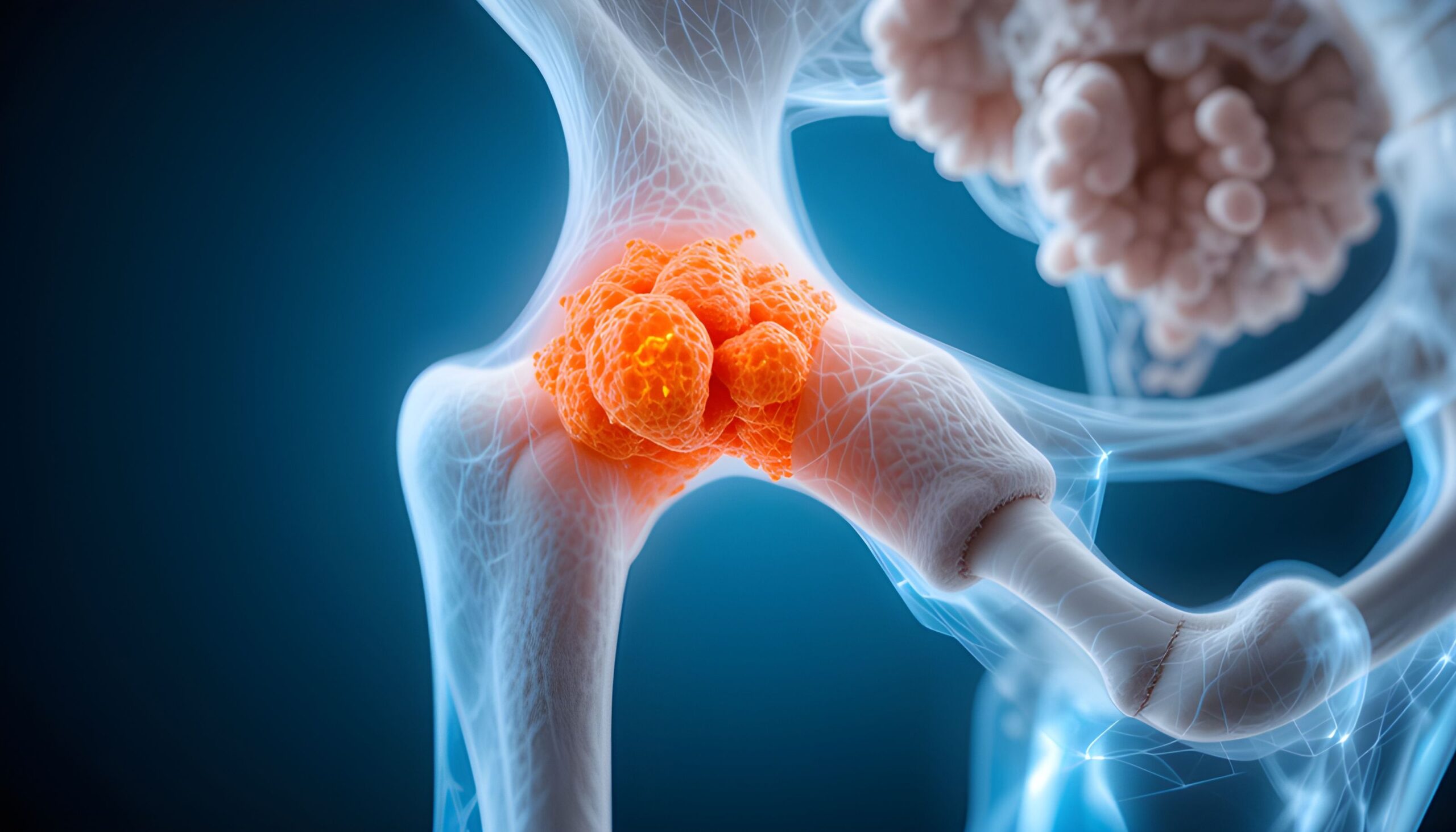In 1965, a group of Michigan State University researchers accidentally discovered a new cancer-fighting drug: cisplatin. Since then, cisplatin has become the industry standard for cancer-fighting chemotherapy treatments.
As announced today, MSU will receive a 2025 Golden Goose Award for the scientific success and global impact of cisplatin. The Golden Goose Award is meant to highlight the practical value of curiosity-driven research. The idea is that fundamental research can lead to unexpected, but profound, societal benefits.
The Golden Goose award committee is housed within the American Association for the Advancement of Science and includes organizations like the Association of American Universities as well as previous winners.
The award will be presented to MSU on Tuesday, Sept. 16, at the Library of Congress in Washington, D.C. During the award ceremony, members of both parties of the U.S. Congress will speak about the importance of the award and the federal funding of scientific research.
“We are thrilled to have this important discovery by Barney Rosenberg honored, but what is truly significant are the countless lives saved by Cisplatin,” said Doug Gage, vice president for MSU Research and Innovation. “This is a stellar example of how fundamental research can have unexpected, profound impact in a completely different domain. The combination of curiosity driven research and applied research toward a specific outcome has been at the heart of the nation’s international leadership in science and technology. Strong federal support of both basic and applied research is essential for our continued dominance.”
In addition to cisplatin, another research group — one that was led by the late Joseph Gall at Carnegie Science — will be honored with a Golden Goose Award. Gall is often referred to as the father of modern cell biology for his contributions to our understanding of chromosomes and the cellular nucleus.
How cisplatin was discovered
Cisplatin was first created in 1844 by Italian chemist Michele Peyrone and was largely forgotten until 1965 when MSU Professor of Biochemistry Barnett “Barney” Rosenberg and his lab team discovered its use as a breakthrough cancer treatment.
Rosenberg, in the College of Natural Science, and his lab technician Loretta VanCamp and a team of postdocs including Thomas Krigas were studying how electricity affects bacterial growth, not cancer drug development. He noticed that bacteria did not grow well around the platinum electrode he was using. Rosenberg then isolated some platinum containing compounds from the media and tested them in cell culture. He noticed that cell division was slowed — and only then did he consider its application to cancer.
After a couple years of follow-up experiments, they discovered the true cause: platinum compounds released from the electrodes, not the electric field itself. As a result, the chemical compound prevents the DNA in cancer cells from replicating, confusing them and causing them to die. This accidental discovery led to the development of cisplatin, a platinum-based chemotherapy drug approved in 1978.
The discovery, patenting and FDA approval of cisplatin was a 13-year process made possible by federal funding from the National Institutes of Health and the National Science Foundation, an unusually brief period of time in the research world prior to the development of the COVID-19 vaccine.
“The discovery of cisplatin is a powerful example of how basic scientific curiosity can save lives,” said Eric Hegg, dean of the College of Natural Science. “What began as an unexpected result in a Michigan State University lab led to one of the most effective cancer treatments in the world. It is a testament to the power of exploratory-driven research and the transformative impact it can have on humanity.”
While cisplatin is used to treat many types of cancer, it is most widely prescribed for testicular, ovarian, bladder, lung and stomach cancers. Most notably, cisplatin increased the cure rate for testicular cancer from around 10% to over 90%. Cisplatin’s impact has been especially profound in treating testicular cancer, which:
-
affects about 9,760 new patients who are diagnosed each year, and is responsible for the death of 500 men annually;
-
is the most common cancer in males aged 15–34 at a time when cancer cases and deaths among men are predicted to increase 93% by 2050, according to a new study;
-
if in the 1960s had metastasized, resulted in a 90% death rate within one year of diagnosis. Today, the survival rate for testicular cancer is about 95%.
Cisplatin has saved countless lives, including that of legendary figure skater Scott Hamilton, who has been diagnosed with cancer three times.
In 1997, Hamilton, who won gold at the 1984 Winter Olympics, was diagnosed with stage 3 testicular cancer, which had spread to his stomach.
“When they told me, I was like, ‘I want it to be something else,’” said Hamilton in an interview in 2018. “But they said, ‘No, this is a good one to get, if you had to choose one,’ which is kind of crazy. But I’m grateful there was a proven treatment. I know many cancers don’t really have one.”
Cisplatin’s impact today
Cisplatin is responsible for saving millions of lives and remains one of the most effective chemotherapy treatments. In fact, cisplatin was added to the World Health Organization’s Essential Medicines List in 2015 for the treatment of early-stage cervical cancer, concurrently with radiotherapy.
Cisplatin also has paved the way for new cancer-fighting drugs and continues to fund scientific breakthroughs at MSU. Royalties earned from sales of cisplatin and its derivative, carboplatin, fuel the work of and investments by the MSU Research Foundation, an independent, nonprofit corporation through offices such as MSU Technologies. There, it supports investments in research and economic development initiatives through the commercialization of cutting-edge technologies invented by MSU faculty, staff and students.






